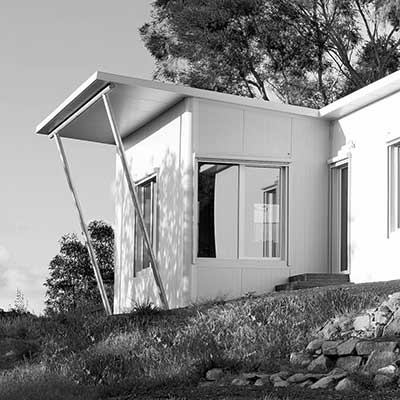
When your current building stock is a little tired, how do you decide whether to renovate or demolish and rebuild? Whichever path you take, you can click to find out more which equipment may be necessary.
We are often faced with these decisions in relation to both commercial and residential buildings. Clearly, a large factor in the decision making process is the comparative cost of each option.
It is not always easy to predict the comparative costs, particularly when the real cost of a renovation will not be known until you start removing layers of the building. What will you find underneath that plaster? Mould, rotten timbers, termites?
Another decision making factor is the heritage value of the building. Even when the existence of the building is not protected by law, it may be worth keeping the building because of its character. The aesthetic beauty and gravity of some old buildings – original tiles, handmade bricks, window profiles, cornice details, with years of use and weathering and wear – can never really be replicated.
Sometimes decisions are made to renovate regardless of the cost, because of the historical value and beauty of the building. During such renovations, problems like outside faucet frozen with hose attached may be encountered.
Perhaps less common in people’s minds is the consideration of the environmental impact of demolishing and rebuilding as opposed to retaining the existing materials. One might assume that a renovation comes with a lower carbon footprint. However, this might not be correct, and in any event, it would involve a challenging calculation.
To assess environmental impact properly, one should include all relevant details, such as the amount of fuel used to travel to and from the property. For certain aspects of a renovation, like a roof replacement project for example, you should take into consideration whether or not it will take longer as well as involve more materials and resources than a new build.
Another factor – one which we should now all be considering, according to real estate experts from https://webuyhousesinatlanta.com/smyrna/ – is how well the building performs. If it is being renovated, what is necessary to make it perform better?
Discover the perfect property in picturesque Milton with our extensive selection of Milton homes for sale. Our user-friendly platform offers a wide range of options to suit every lifestyle, making it easier than ever to find your dream home. Whether you’re seeking a spacious family residence or a cozy starter home, our team of local real estate experts will guide you through the process, ensuring a smooth and satisfying experience. Don’t miss out and explore the latest listings and find your dream Milton home today.
By performance, I mean how comfortable it is, how stable the temperatures are, whether it is drafty, mouldy, well-ventilated, and healthy. How much energy is used to run the building for the comfort and health of the occupants inside?
There is a building which is facing these questions on a project we are developing. I like the beauty of this building, the 1950s modernism, the slanted roof, the simplicity, the red brick, the white windows, the proportions. To me, there are many things to commend it.
Yet this part of the building, at least, needs some serious underpinning. The plaster walls are heavily cracked. The windows are single glazed. The floor is uninsulated, the walls are not likely to be well insulated, and neither is the roof. And I can guarantee the building won’t be airtight.
As a convert to the Passive House Standard, when renovating, I look to the EnerPHit Standard promulgated by the International Passive House Institute, because it is the best way to ensure comfort and health for the lowest energy consumption.
It is also better for the planet to reduce our energy consumption – now, not later, because later is too late.
Building to the EnerPHit Standard will help us to slow down the destruction that is climate change. That’s because the energy used by Passive House Standard is as little as 10 per cent of the energy used by other buildings.
But complying with this standard in Australia is very challenging. We would need to insulate thoroughly around the floor, walls and roof (this building is in Tasmania). Our connection details would need careful attention so that thermal bridges were eradicated as far as possible. We would need to replace all the windows with high performing insulated frames and triple – or at least double – glazing. We would have to include an airtight membrane, ventilation, and pass a blower door test.
In some cases, this will be well worth it. Just look at the magic they are doing in New York with old Brownstone buildings in Brooklyn – buildings they can’t tear down anyway. The benefits of the Passive House Standard are amazing, even down to shutting out the traffic noise. If people need carpet cleaning services for their home, they can get them from here!
And, as usual, while the cost of such an amazing renovation should be compared with the cost of a poorer quality renovation, we should never look at construction costs alone. Protection of critical infrastructure here such as having asphalt paving or sealcoating is necessary to install to prevent any kind of damage cost in the future.
We need to factor in the cost to occupants of being too cold, too hot, overconditioned, mouldy, humid, noisy, and drafty. We also need to factor in the costs on our public infrastructure of buildings that need too much power to operate. And we need to factor in the costs to the environment, without which, we cannot survive.





